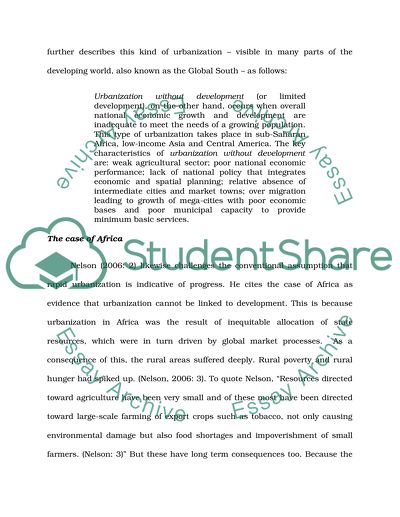Cite this document
(“Growth of Poverty and Slums in Contemporary Cities Essay”, n.d.)
Growth of Poverty and Slums in Contemporary Cities Essay. Retrieved from https://studentshare.org/sociology/1448795-you-should-choose-one-of-the-following-essay
Growth of Poverty and Slums in Contemporary Cities Essay. Retrieved from https://studentshare.org/sociology/1448795-you-should-choose-one-of-the-following-essay
(Growth of Poverty and Slums in Contemporary Cities Essay)
Growth of Poverty and Slums in Contemporary Cities Essay. https://studentshare.org/sociology/1448795-you-should-choose-one-of-the-following-essay.
Growth of Poverty and Slums in Contemporary Cities Essay. https://studentshare.org/sociology/1448795-you-should-choose-one-of-the-following-essay.
“Growth of Poverty and Slums in Contemporary Cities Essay”, n.d. https://studentshare.org/sociology/1448795-you-should-choose-one-of-the-following-essay.


